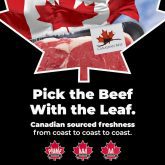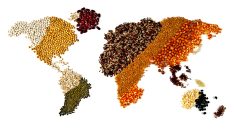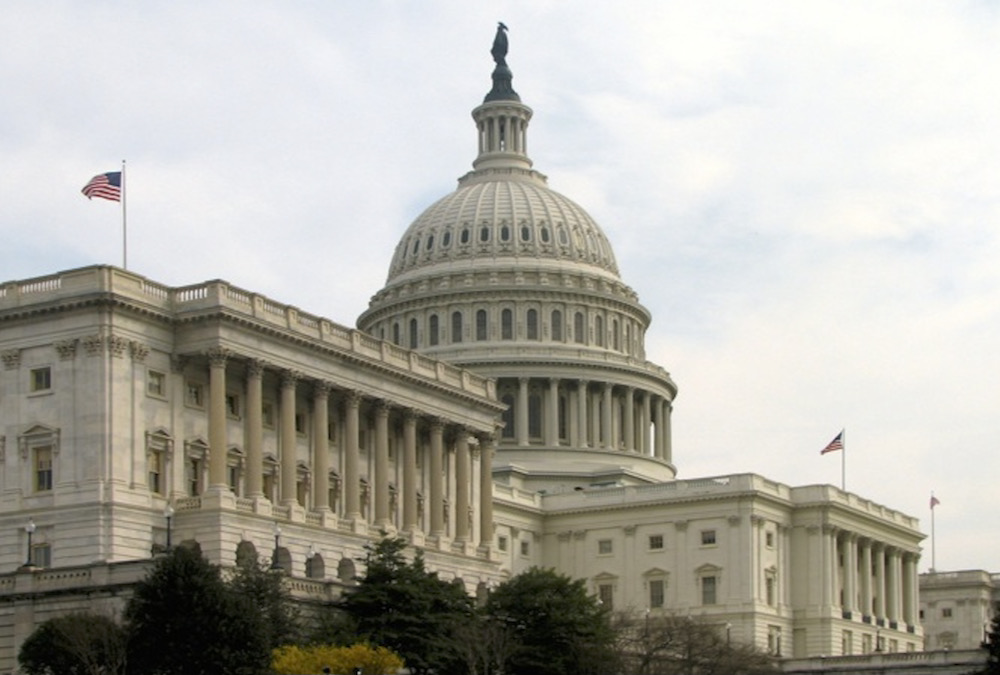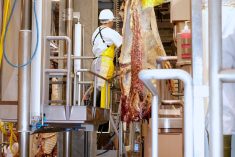I’m sure you all up North have noticed the Great Counter-Intuincy we have down here in the States. Don’t look the term up. I just invented it. But whatever common sense would intuitively indicate, our presidential administration makes the counter move.
If natural gas and propane and fertilizer prices are way too high, consider shutting down more supply pipelines on top of the ones already shut down. Shut down leasing on federal lands and waters. Then auction off federal leases in the Gulf because the courts forced you.
Read Also
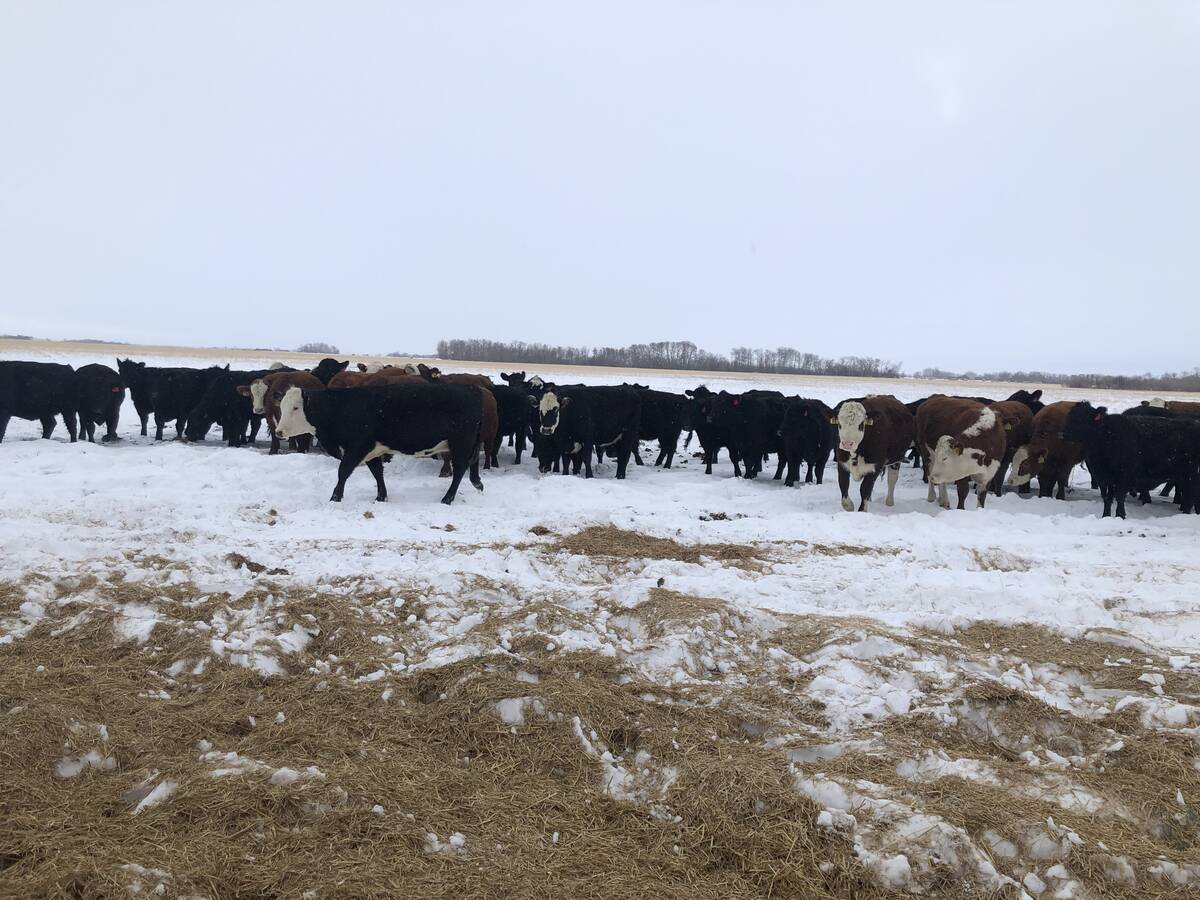
Picking the most efficient cows to rebuild your cow herd
A new cow ranking system to help beef farmers and ranchers pick the most efficient cows as they rebuild their herds.
I could go on but there’s one example very relevant to you. Housing prices are high here, because the economy was once good, and the supply of building materials and construction labour is short. So President Biden decides to double the tariff on imported softwood lumber. That hurts Canada’s economy and lumber industry, hurts our home builders and home buyers.
Closer to home, the National Cattlemen’s Beef Association finally wrestled through the major hurdle of getting packer procurement data into their framework to measure negotiated cash and grid purchasing during the third quarter. While the overall picture is pretty good — certainly much improved over recent history — three minor triggers were tripped, all from the packer’s side of the ledger. That constitutes a major trigger.
Under the framework hashed out during the 2020 live cattle marketing committee meeting, a second major trigger within four quarters means NCBA must consider supporting more legislative or regulatory action to further add to the improved negotiated cash volume the voluntary framework has engendered so far.
The problem is, all the legislative proposals on the table so far contain mandates that neither NCBA nor many American cattle producers can accept. That’s not too astonishing, really, given that any mandates are going to trash someone’s right to do business. Both cattle feeders and packers have found Alternative Marketing Agreements (AMAs) advantageous to making money. The consumer has responded quite favourably to the product quality produced in response to the pricing signals from AMAs.
Perhaps NCBA’s goal of not having two major triggers in one year was too ambitious, especially given the context. The last two years have been pretty desperate struggles at times for feeders, for packers and for cow-calf operators. The packers were not fully on board until the second half of the year and convincing them to provide confidential procurement data to even a well-known and trusted third party was neither easy nor timely.
It must be remembered the NCBA framework was a compromise, a difficult negotiation over six hours of discussion, arguments and votes. The 75 per cent framework was accepted by feeders and cow-calf interests in the interest of not splintering the organization over an extremely difficult issue with no good solutions. But feeders were not happy overexposing themselves to potential mandates against their business marketing models. Many cow-calf operators were not happy without a campaign to force packers to change their procurement methods.
So it was probably overly optimistic to expect the voluntary framework, in the real-world context, to achieve high results in less than a year.
The data for the four regions was very good from the cattle feeders’ side. University of Nebraska-Lincoln livestock analyst Elliott Dennis pointed out that the Kansas and Iowa/Minnesota regions did not trip any triggers in the third quarter. The Texas/New Mexico/Oklahoma region did only once. The Nebraska/Colorado region violated the 75 per cent trigger twice.
Dennis noted the increases came more from negotiated grid transactions than negotiated cash. But overall, over all regions and weeks, only 5.77 per cent of all locations failed to hit the 75 per cent mark.
Given the marked differences among the regions in marketing methods, cattle numbers, weather, feedyard size, etc., that would seem like a signal accomplishment.
The good news is that the basic supply and demand picture has turned the corner and cattle prices attained CattleFax’s optimistic predictions last fall. Boxed beef prices stayed high and consumer demand largely absorbed some significant price increases at retail and food service levels. Raining on that parade would be foolhardy. We would hope that the government’s all too common habit of brewing up a thunderstorm at the least opportune time would not happen now.
Thankfully, the latest bill in Congress, introduced by Nebraska’s Sen. Deb Fischer, did not include mandated negotiated cash trade procurement percentages on plants. The cattle contract library requirements are extensive and detailed. But there are mandates on cash trade by region and among regions that would constrain regional marketing.
NCBA’s annual convention occurs in early February in Houston. The live cattle marketing committee and the board of directors will decide how to respond. They could vote to give the voluntary framework more time to work, especially given the packers’ late arrival and packing plant throughput problems affecting the entire industry in 2020-21. Perhaps the compromise in the Fischer legislation might be improved enough to merit support. Fourth-quarter data might be available.
We’ll see.



